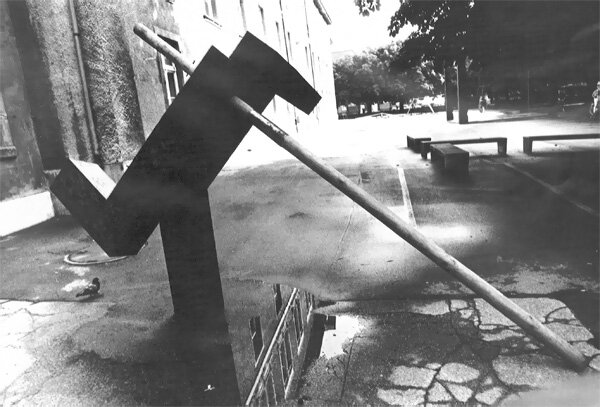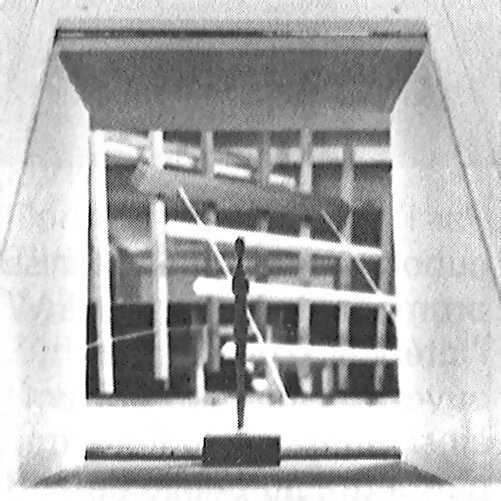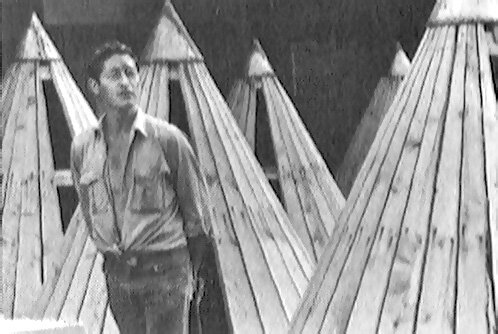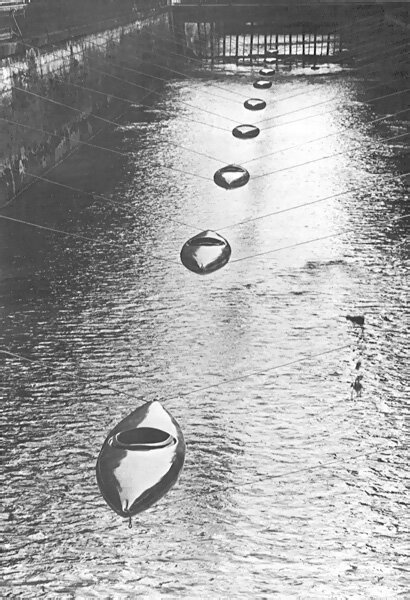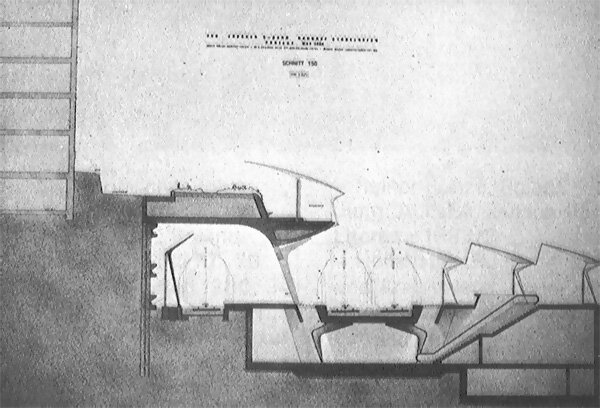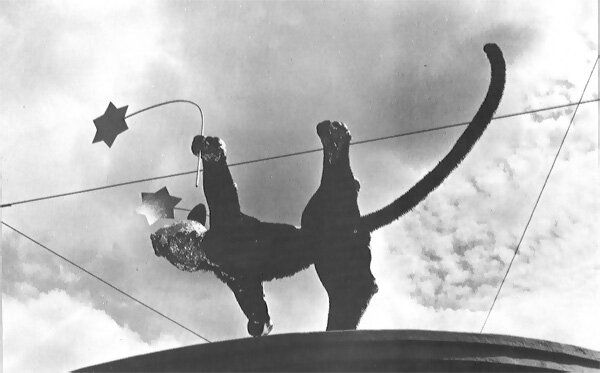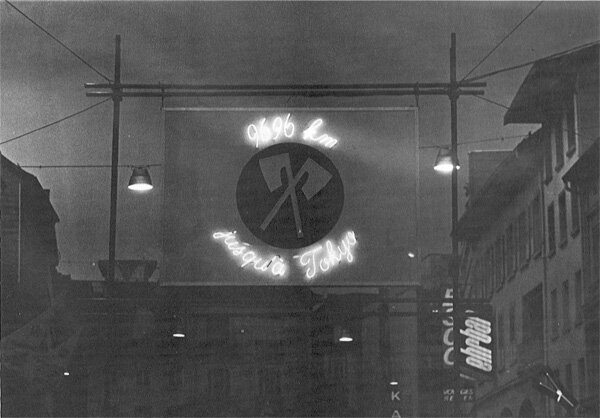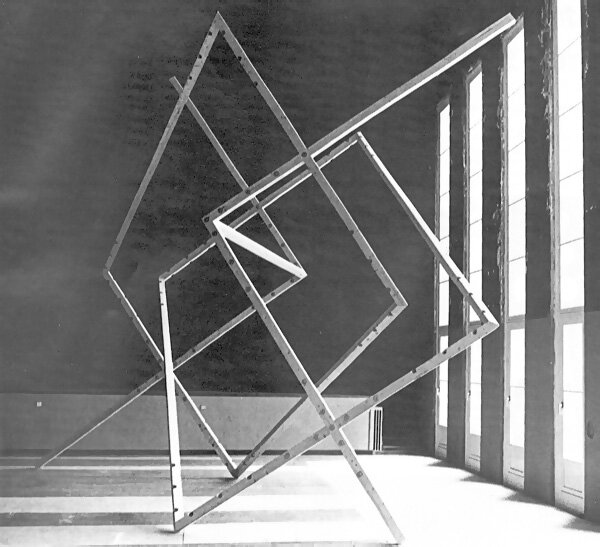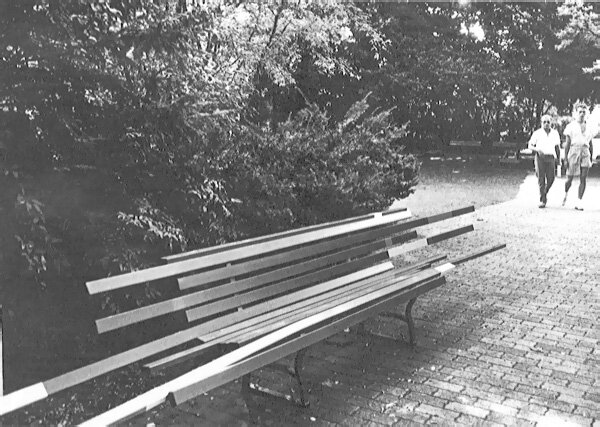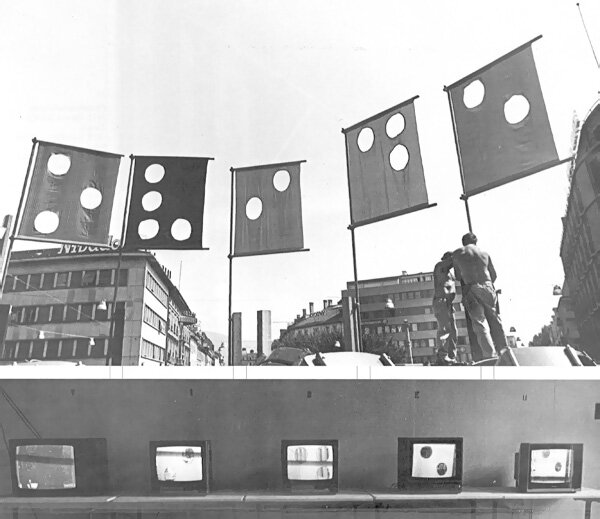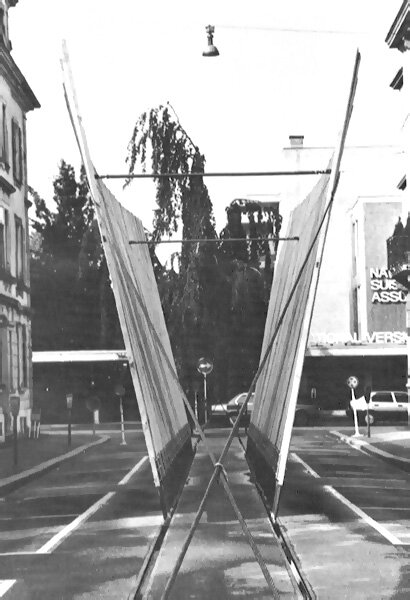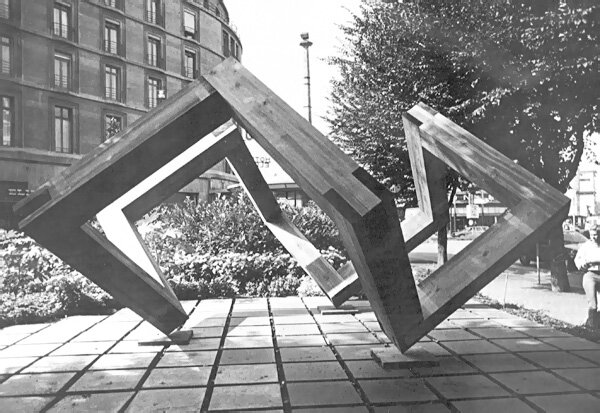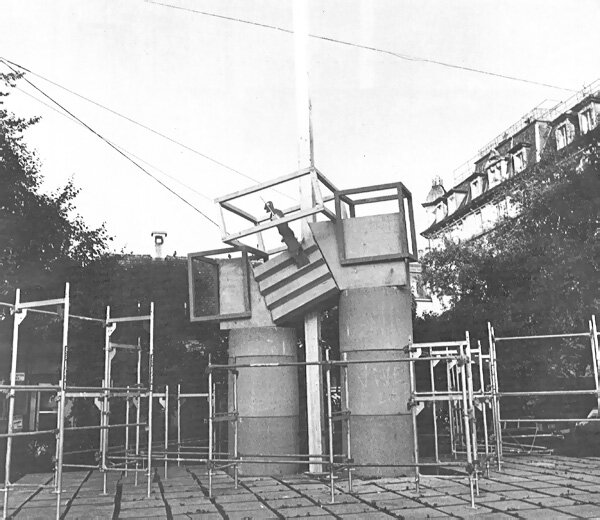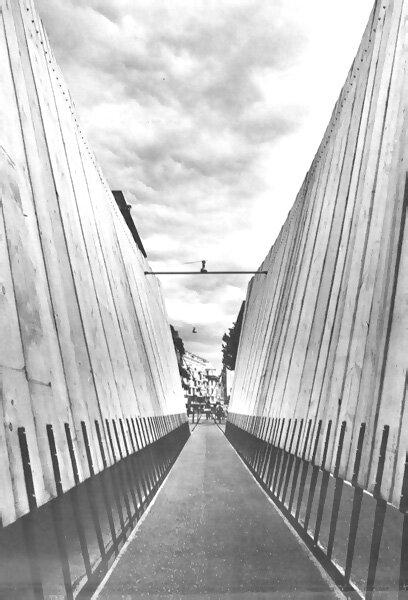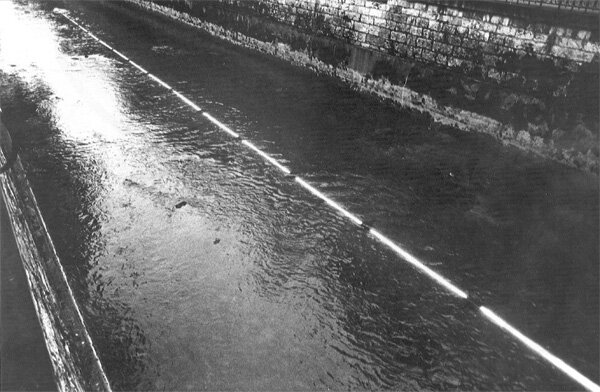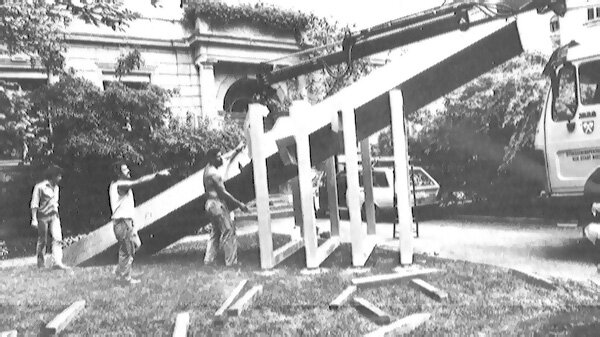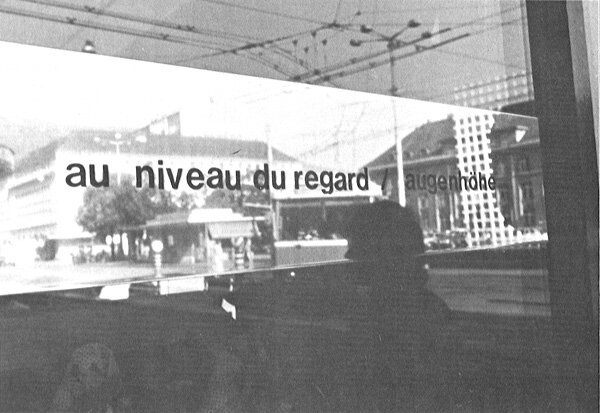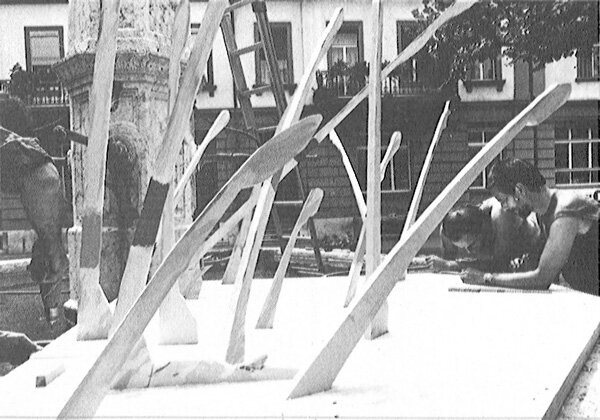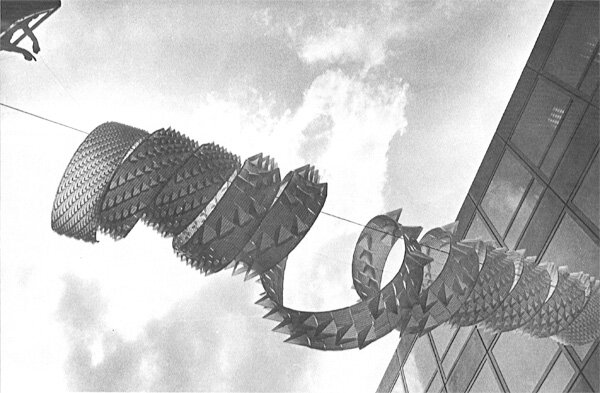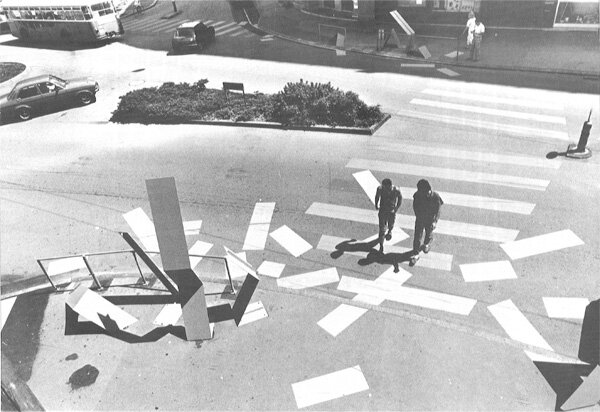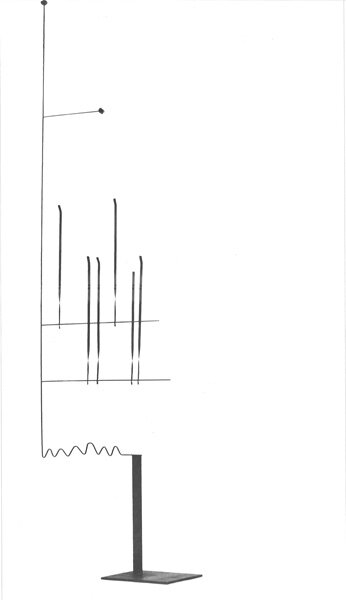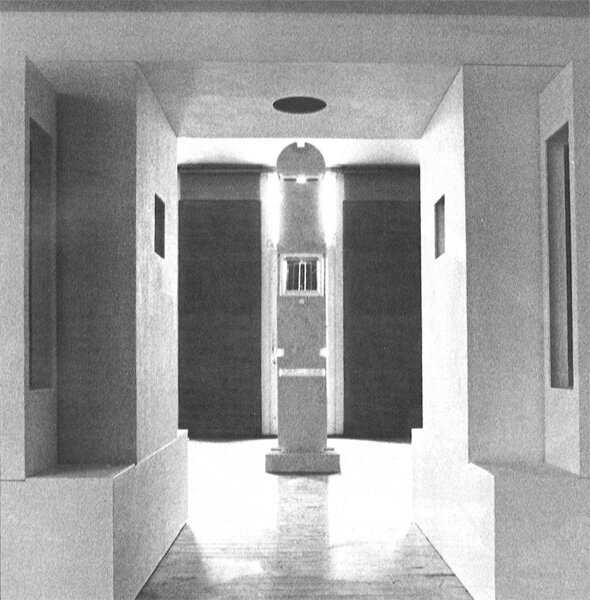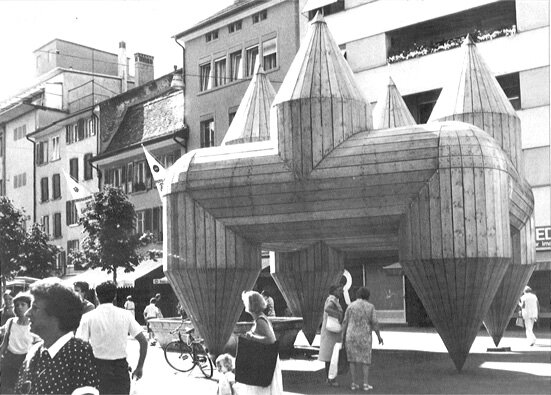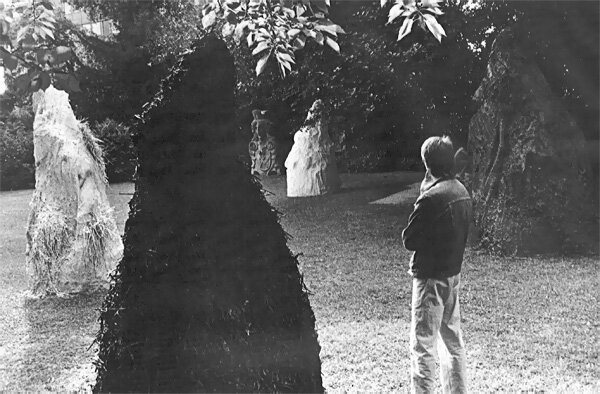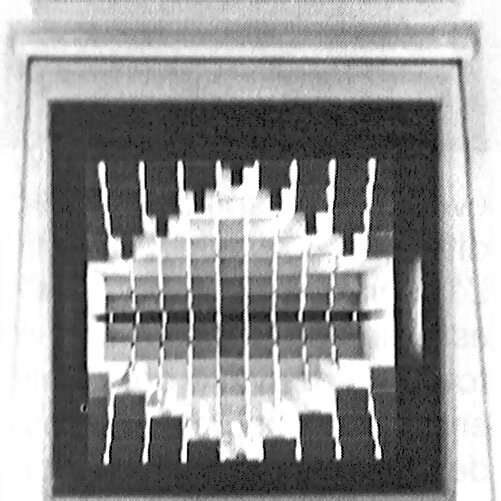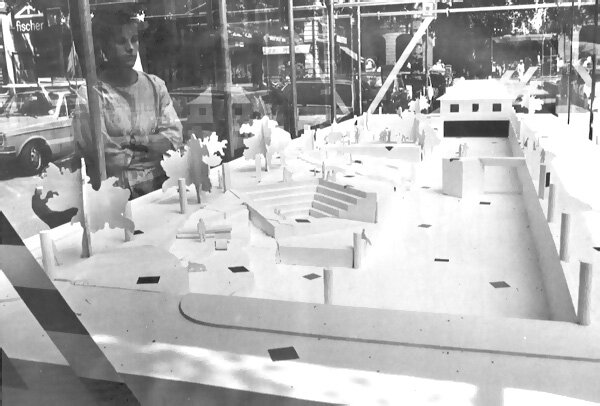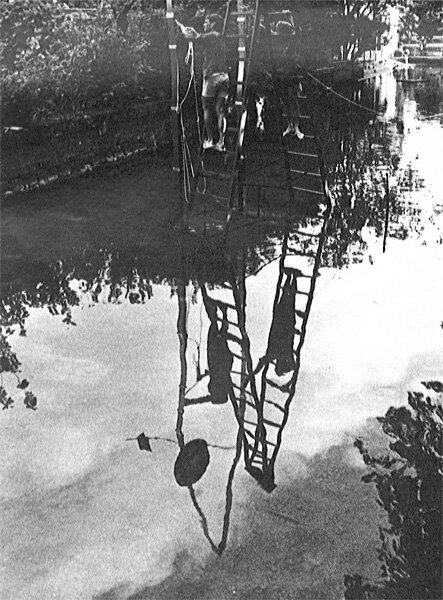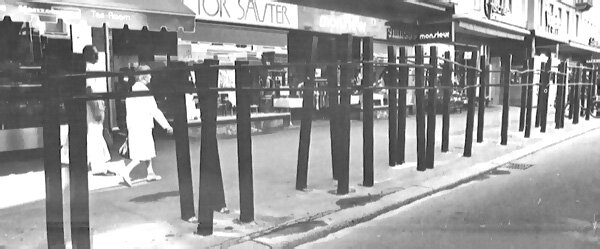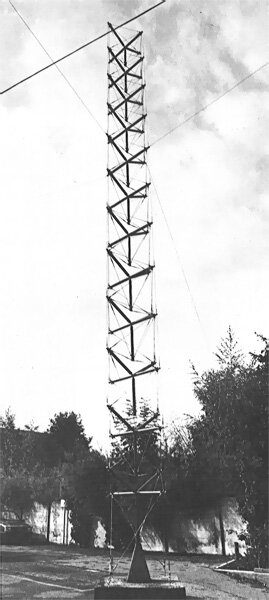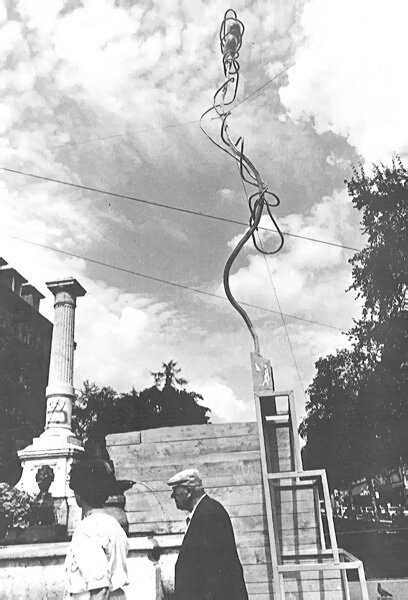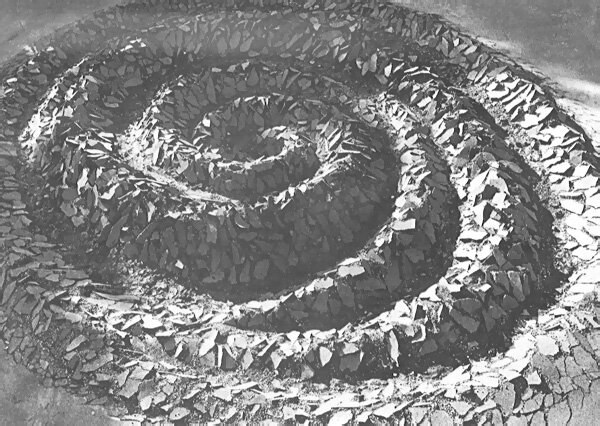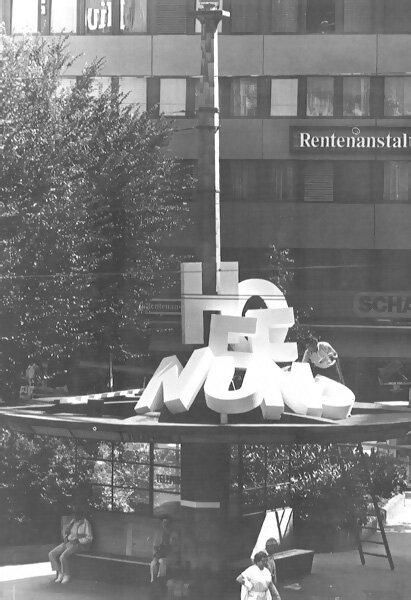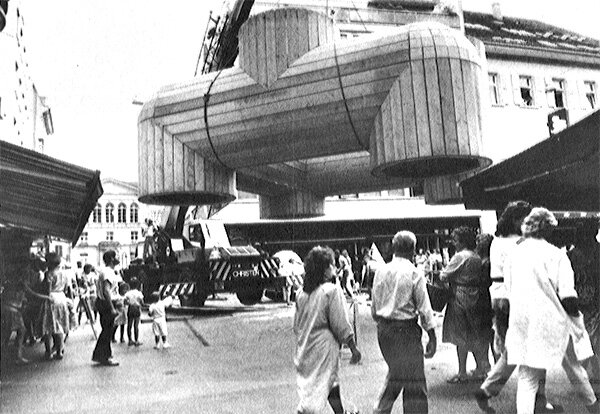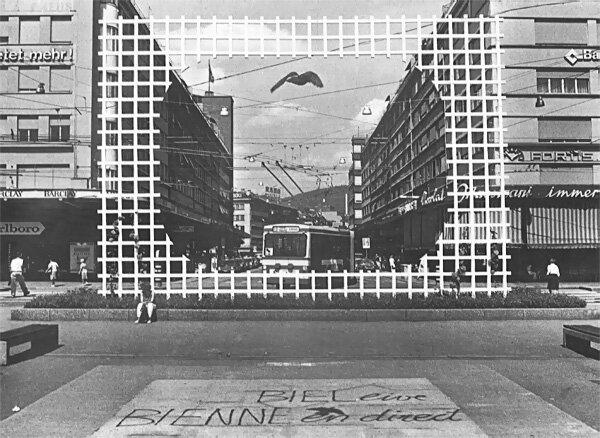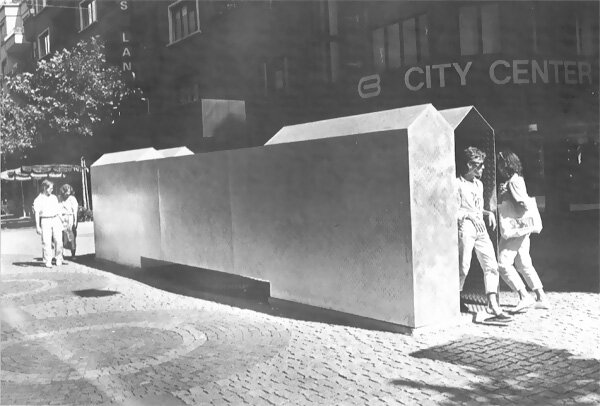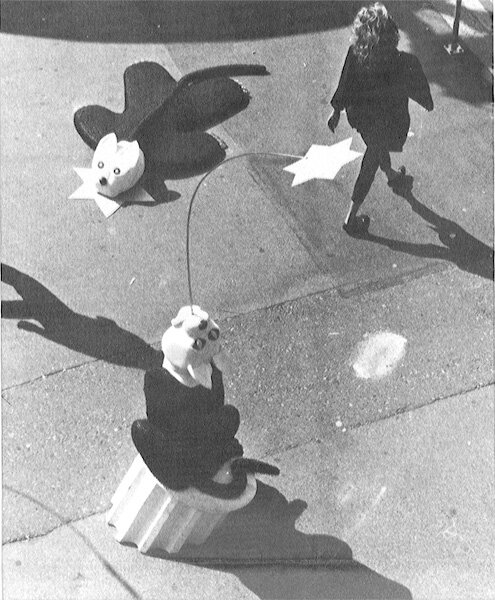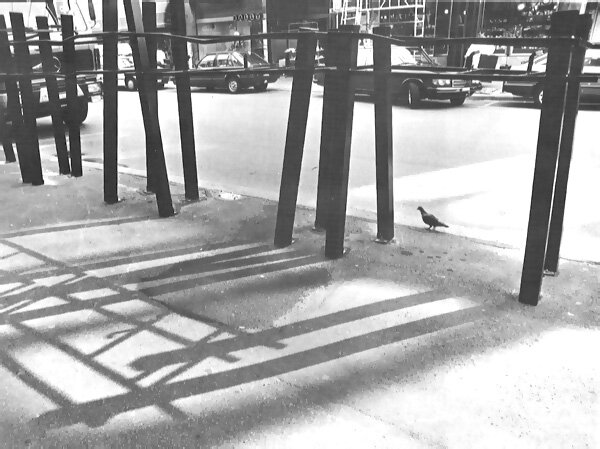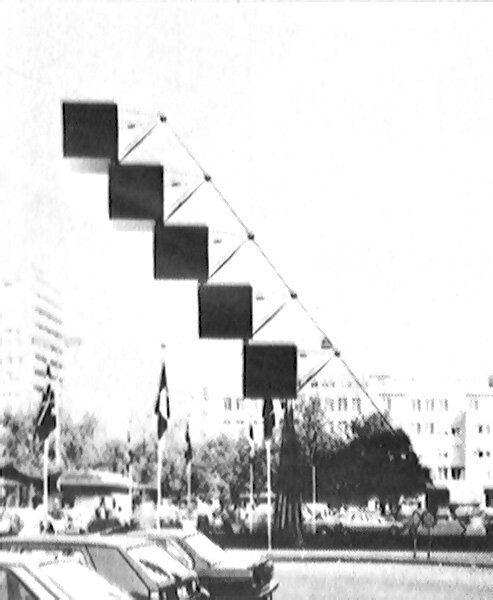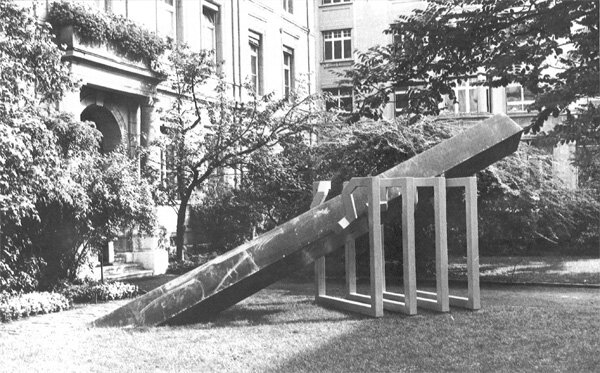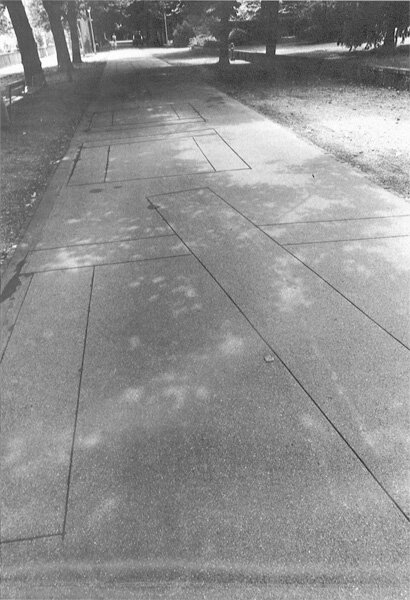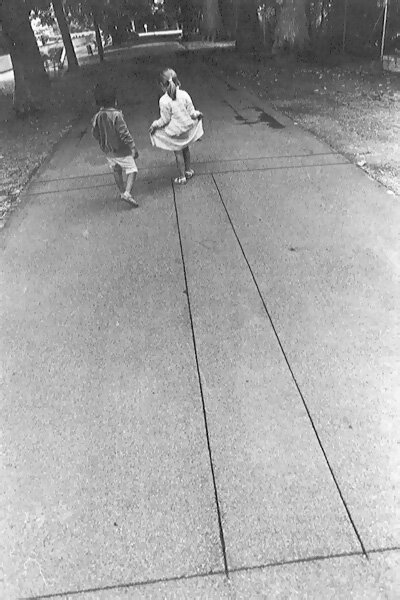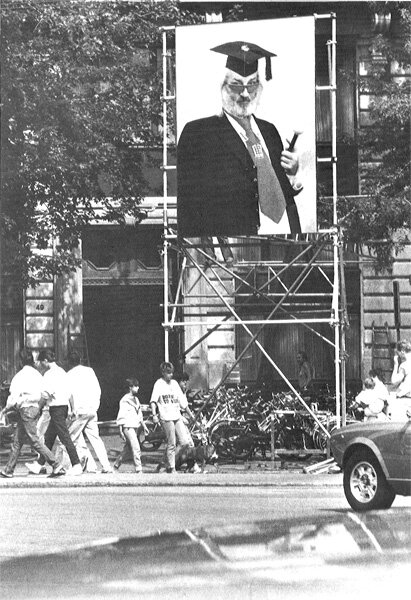8th Swiss Sculpture Exhibition Biel
Presentation
8th Swiss Sculpture Exhibition, Biel 1986
Niklaus Morgenthaler
"Il s'agissait de permettre une fois aux sculpteurs suisses de se manifester en présentant leurs œuvres en plein air, dans le milieu pour lequel elles furent conçues. En prenant cette initiative au nom de l'Institut jurassien des Sciences, des Lettres et des Arts, nous entendions provoquer la confrontation des tendances les plus diverses et faire le point de la sculpture dans notre pays. Nous espérions enfin voir vibrer le public pour la sculpture, art social par excellence - ou qui devrait l'être - puisque ses réalisations se situent sur les façades et les places publiques, à la vue de chacun." President of the Organisation committee 1954: M.Marcel Joray, Dr ès sc.
Those were the objectives thirty-two years ago for the first Swiss Open-air Sculpture Exhibition. The French phrase "en plein air" describes more precisely than the German expression "im Freien" the complete exposure of the works of art in the midst of an everyday world that man continually shapes anew, be it rural or urban. The artist who ventures to engage with a manageable public space, asking the right questions and endeavouring to find valid answers, commits himself to one of the greatest challenges in the fine arts. The difficulties that face the realisation of such works are chiefly related to the ever-tightening web of – often conflicting – interests of the urban population.
"Nous espérions enfin voir vibrer le public pour la sculpture, art social par excellence".
In 1954 Marcel Joray described sculpture as a "social art par excellence". Nowadays it must meet this claim to an even greater degree. In a non-materialistic way, the world in which we live has become neither more social nor more humane despite all the hopes and wishes of those days.
The first Swiss Open-air Sculpture Exhibition was the courageous achievement of one man committed to culture, and of a City Council with a sense of curiosity that supported his project. The success of what was then the first and only open-air sculpture exhibition in Switzerland, and its repetition every four years, inspired most subsequent regional sculpture shows organised by entire valley communities, geographically marginalised townships, pedestrian areas and animal parks in large conurbations. It is scarcely easier to disguise the underlying desire to boost tourism, than it is to overlook the usually physically overstretched artists who, for entirely understandable reasons, wish to be present at each and every event.
It is this exhibition scene – one which threatens to be engulfed by PR and the spirit of Do-it-yourself – that forms the backdrop to our 8th Swiss Sculpture Exhibition, the context in which it has to stand its own ground.
"Le public a compris que l'artiste n'a plus nécessairement pour mission d'enjoliver ni même d'ennoblir, que le joli n'est pas le beau. Il finira par accepter ces figures sculpturales qui sont des idées, parfois apaisantes, parfois bouleversantes." Marcel Joray
I most certainly hope that it will stand its own ground!
Although the current event is very different from all its predecessors, it is nevertheless part of a tradition, adhering in a contemporary manner to the criteria set out by Marcel Joray as early as 1954: participating artists contribute by engaging with the location they have selected. Their interventions are often surprising and critical as well as provocative and thought-provoking; they will certainly help us see accustomed urban settings in a new light. The concept devised by me, the architect – theme, circuit, possible locations in the much-frequented city centre of Biel – has defined the number of artists – forty of them – and the intensity of their involvement. The works by the forty participants are, however, no less representative of the specificities of their origins than the much greater number of works presented at preceding exhibitions. Even a smaller number of works speaks volumes about the plurality of artistic concepts and manifestations that are a typical product of the federalist structures in which we live.
Having restricted myself to a manageable number of artists enabled me to ensure to a large extent that each participant was given adequate physical and technical support, and that I could be their advisor and consultant. That the Exhibition as a whole might be an exciting event that allows residents to see their daily environment in a new light – this has been my personal goal, for which I alone am to be held responsible.
The former watchmaking town of Biel is still a city of "makers", whose inhabitants and citizens are capable of taking responsible, yet uncomplicated and meaningful decisions – the artists and I have often had occasion to note this to our grateful surprise.
I would therefore like to thank each and everyone who has given the artists and myself to understand – by their attitude alone, without losing many words – that they have come on board the same boat, as it were, and are very curious to discover what there may be.
I take my hat off to the City of Biel!
Niklaus Morgenthaler,
Artistic Director
© Translation from German, August 2008: Margret Powell-Joss

